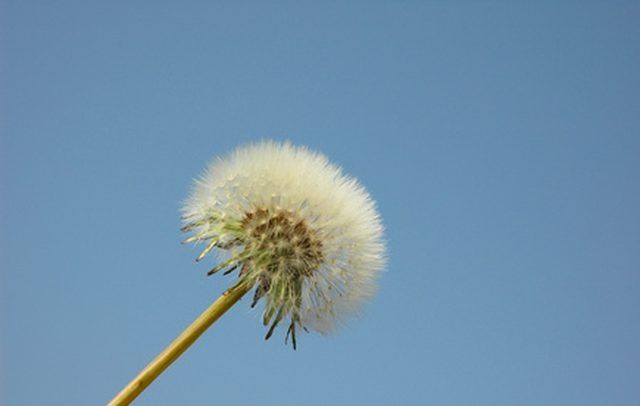Bulbs
Flower Basics
Flower Beds & Specialty Gardens
Flower Garden
Garden Furniture
Garden Gnomes
Garden Seeds
Garden Sheds
Garden Statues
Garden Tools & Supplies
Gardening Basics
Green & Organic
Groundcovers & Vines
Growing Annuals
Growing Basil
Growing Beans
Growing Berries
Growing Blueberries
Growing Cactus
Growing Corn
Growing Cotton
Growing Edibles
Growing Flowers
Growing Garlic
Growing Grapes
Growing Grass
Growing Herbs
Growing Jasmine
Growing Mint
Growing Mushrooms
Orchids
Growing Peanuts
Growing Perennials
Growing Plants
Growing Rosemary
Growing Roses
Growing Strawberries
Growing Sunflowers
Growing Thyme
Growing Tomatoes
Growing Tulips
Growing Vegetables
Herb Basics
Herb Garden
Indoor Growing
Landscaping Basics
Landscaping Patios
Landscaping Plants
Landscaping Shrubs
Landscaping Trees
Landscaping Walks & Pathways
Lawn Basics
Lawn Maintenance
Lawn Mowers
Lawn Ornaments
Lawn Planting
Lawn Tools
Outdoor Growing
Overall Landscape Planning
Pests, Weeds & Problems
Plant Basics
Rock Garden
Rose Garden
Shrubs
Soil
Specialty Gardens
Trees
Vegetable Garden
Yard Maintenance
Roundup Mixing Instructions
Roundup Mixing Instructions. Roundup is a brand name for a glyphosate herbicide produced by Monsanto Corp. It kills weeds without harming grass or other vegetation, making it popular with farmers and homeowners alike. Roundup is manufactured in both ready-to-use bottles and large, concentrated bottles that can be diluted after purchase. The...

Roundup is a brand name for a glyphosate herbicide produced by Monsanto Corp. It kills weeds without harming grass or other vegetation, making it popular with farmers and homeowners alike. Roundup is manufactured in both ready-to-use bottles and large, concentrated bottles that can be diluted after purchase. The concentrate produces more ounces of finished spray than premixed bottles, making it more popular and cost-effective.
Things You'll Need
Gloves
Breathing mask
Goggles
1-gallon garden sprayer
Water
Roundup concentrate
Measuring spoons
Determine what strength of Roundup is necessary to kill the weeds on your property. Delicate plants such as lantana can be killed with a weaker solution, while hardier plants like beachgrass require a strong concentration of herbicide for best results. Check the Roundup product label for a complete listing of appropriate concentrations.
Put on protective equipment before mixing Roundup. Heavy work gloves and goggles should be worn to prevent chemical burns, and a breathing mask is necessary to keep from inhaling minute chemical particles.
Fill a 1-gallon sprayer with clean, warm water. Use the measuring spoons to pour the specified amount of Roundup into the sprayer. For example, killing honeysuckle requires a 0.8 percent concentration of Roundup. It takes 1 oz., or 2 tbsp., of Roundup mixed with a gallon of water to produce a 0.8 percent solution.
Place the lid on the sprayer and shake gently back and forth to combine. Spray weeds early in the morning, so the product has a chance to penetrate to the root of the plant during the heat of the day. Spray the weeds again in a week if they still show signs of life.
Tips & Warnings
Avoid spraying Roundup near animal troughs or feed pans. It can be toxic if ingested.
Donít spray weeds on days with rain in the forecast. Roundup does have a one-hour rain warranty, but heavy storms will dilute the chemicals and render them ineffective.